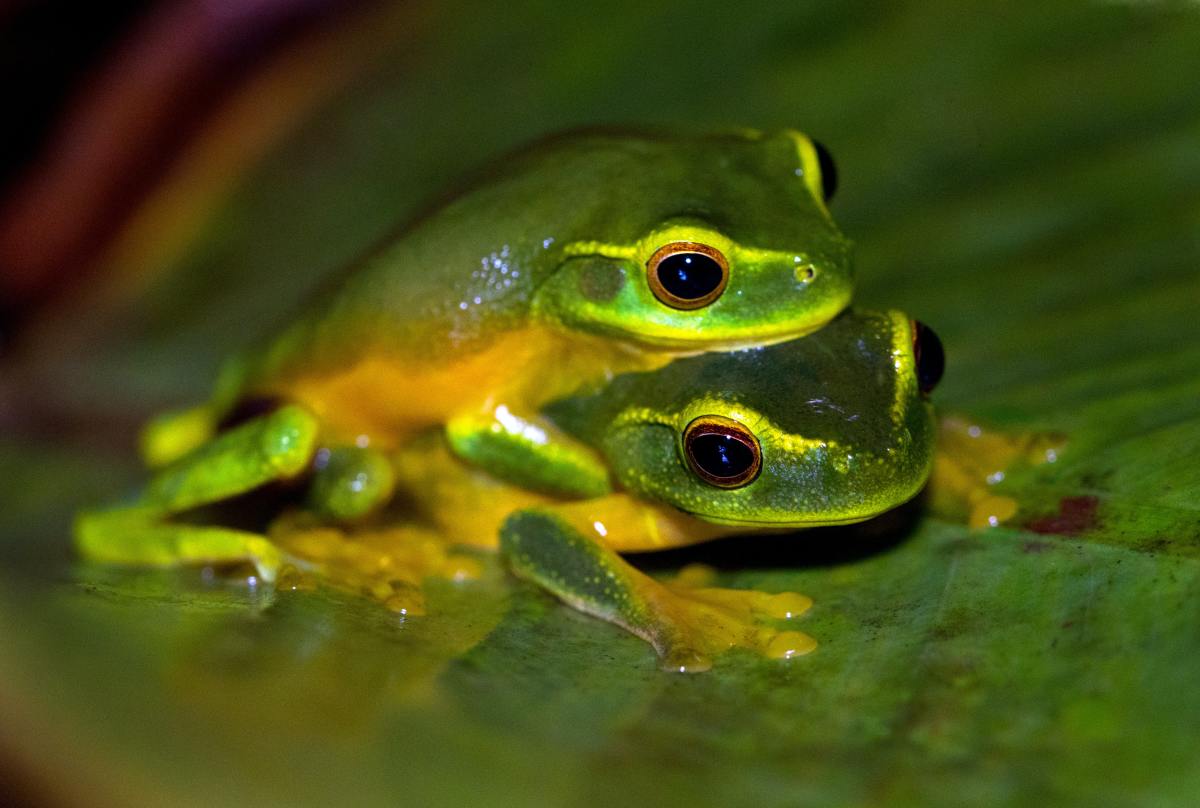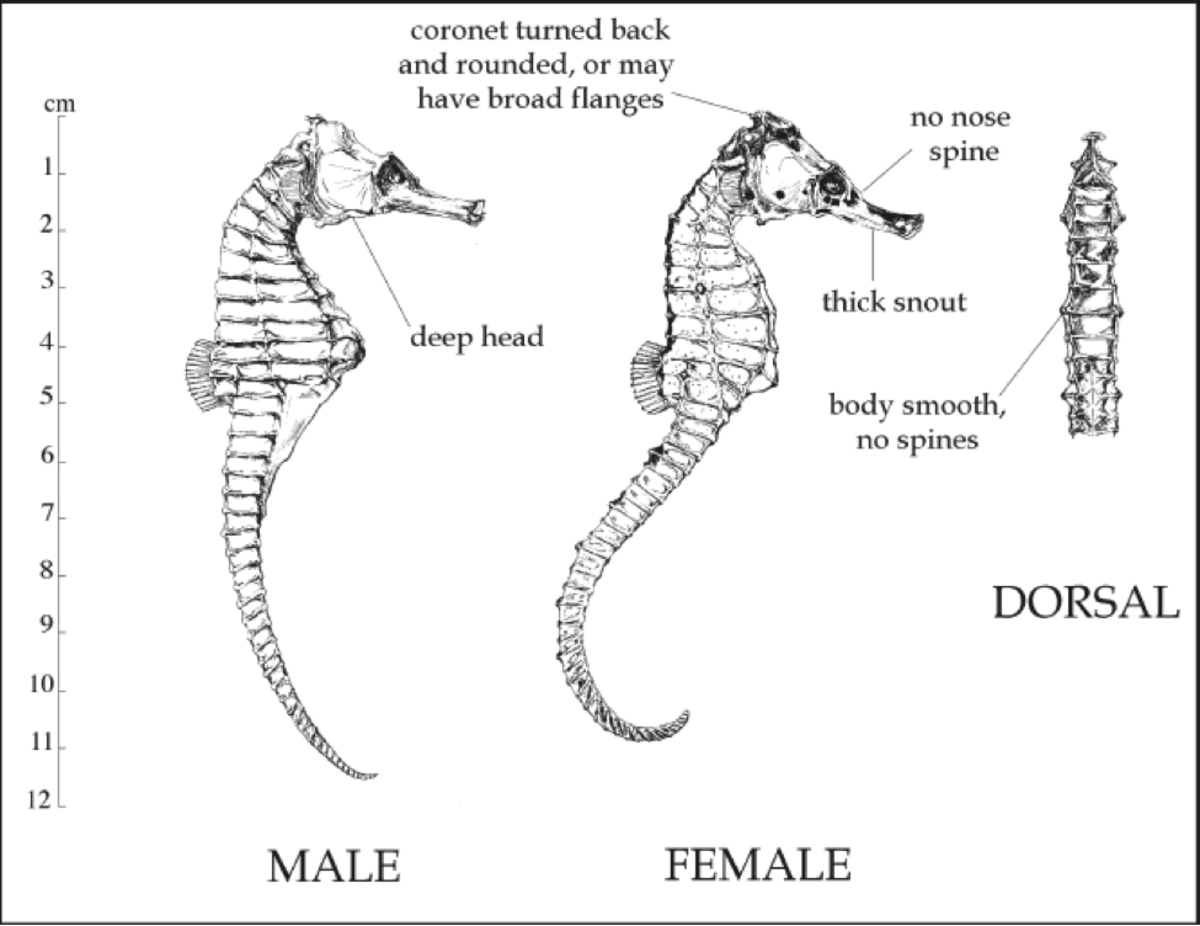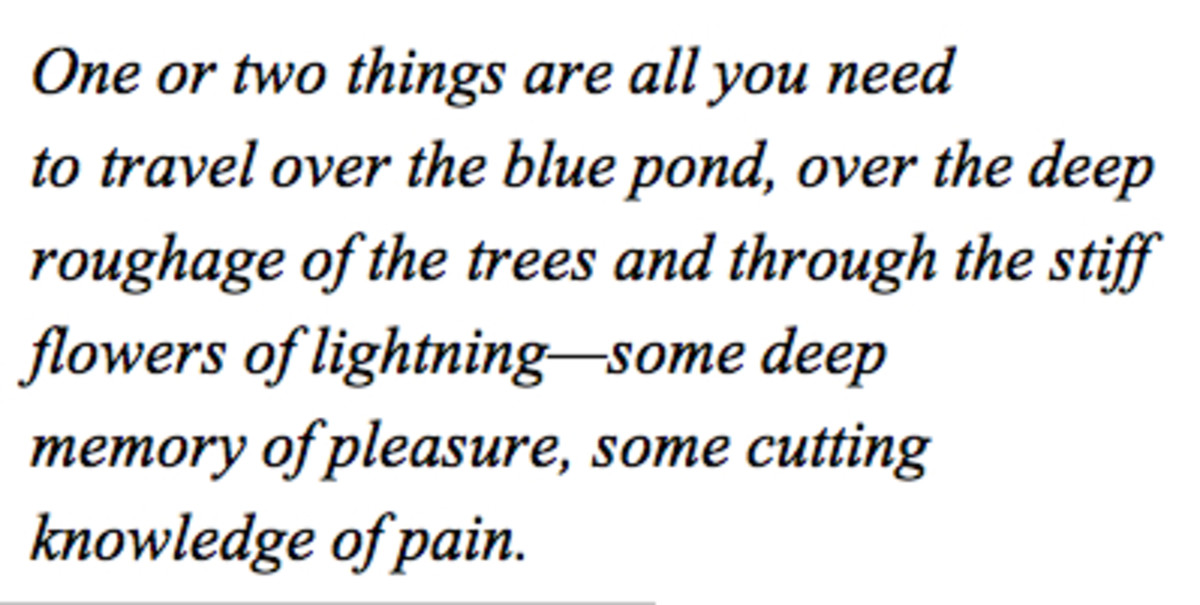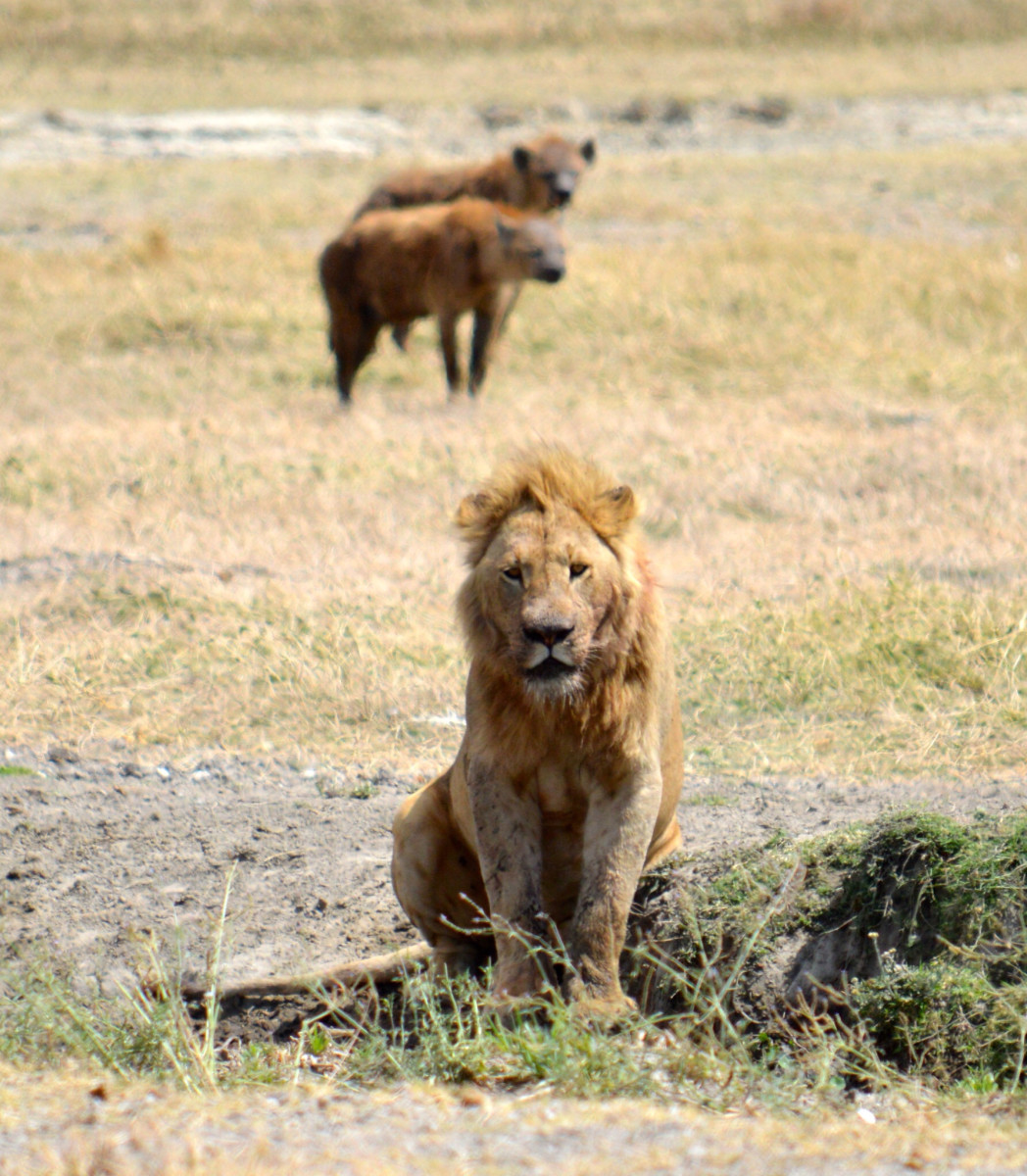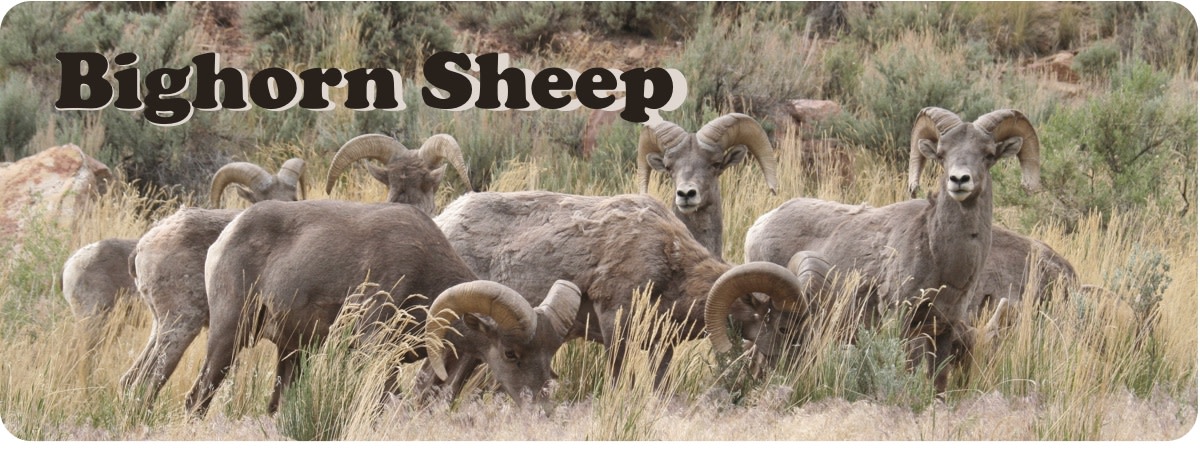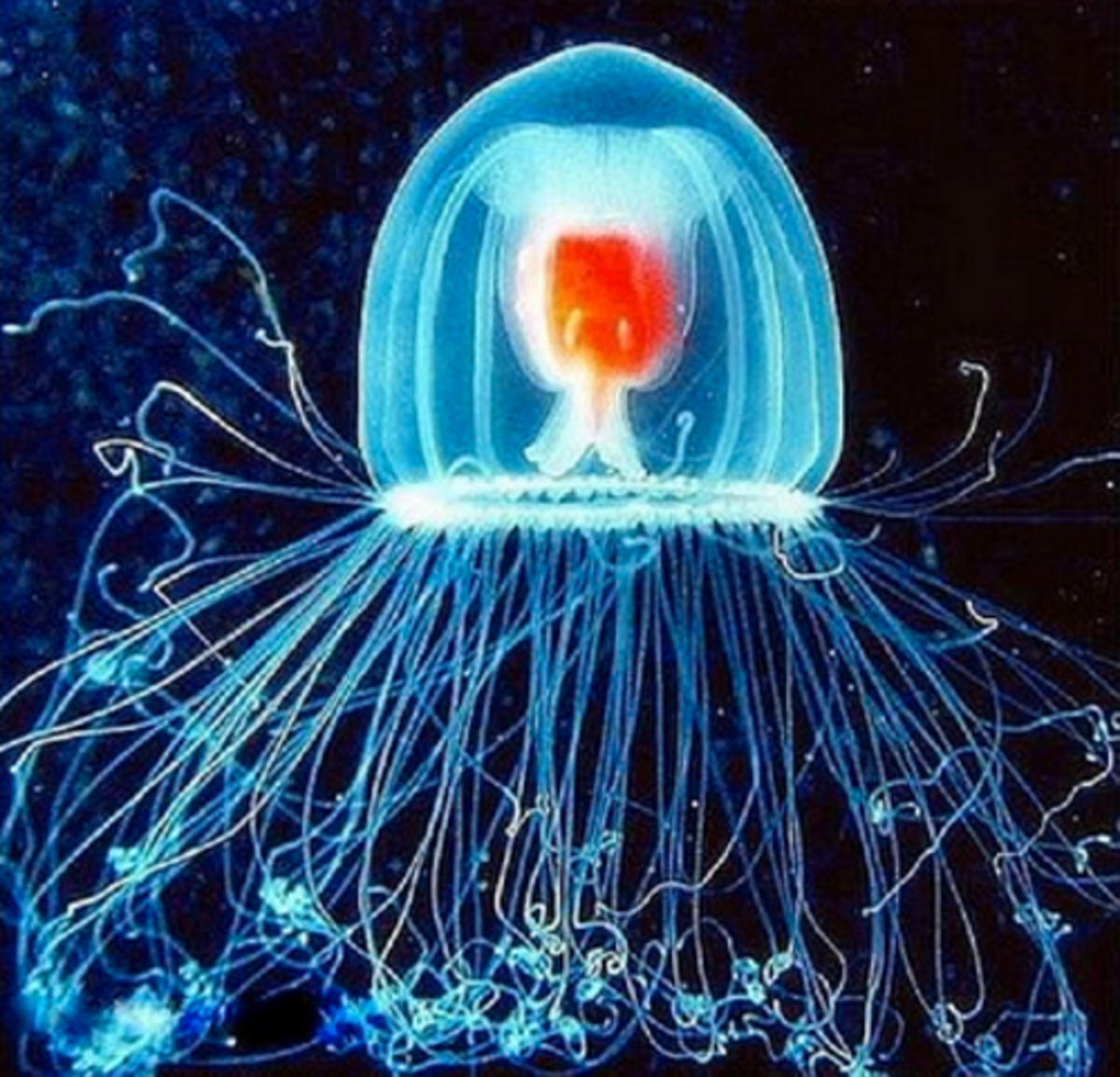What Will You Do For Love? (Animal Love Stories)
What Love Can Do
Have you ever asked yourself, “What will I do for love?” Would you swim long miles as what Leander did just to be with Hero in Greek mythology? Or would you allow yourself to be bitten by a bear as what a mother did just to save her baby from being eaten alive? Yes, what would you do for love?
Would you also put your life on line and die a hundred deaths? Or would you starve and do a penguin act?
After reading the following animal stories can you still say “hayup kasi” (Pilipino: meaning he/she is an animal) to refer to supposedly “animalistic” behavior of some of our fellow human beings?
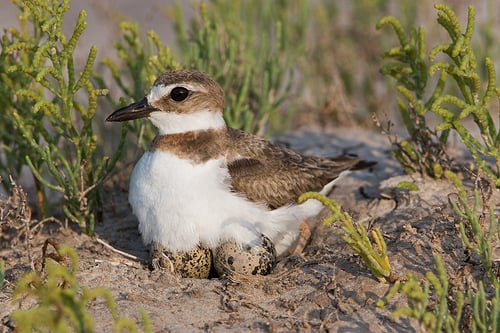
Protect is the Word
Just take a look at how the plover (a bird) protects and defends its eggs and young.
When a mother plover sees or senses a predator, it waits for the latter to spot her then draws attention to herself by running as far away from the nest as possible. As it runs, it feigns injury by staggering and holding a wing awkwardly as if broken. At the same time, it produces noises & displays its colorful wings. When it has successfully distracted the predator and lured it away from its nest, then the “injured” mother plover “recovers,” flies away gracefully, and later returns to its nest when the predator has abandoned its quest for her.
Wonder Dads and Moms
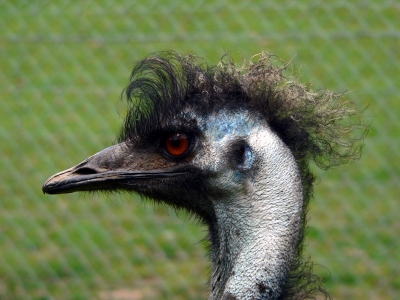
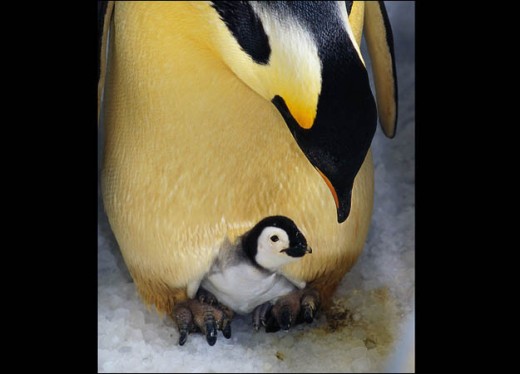
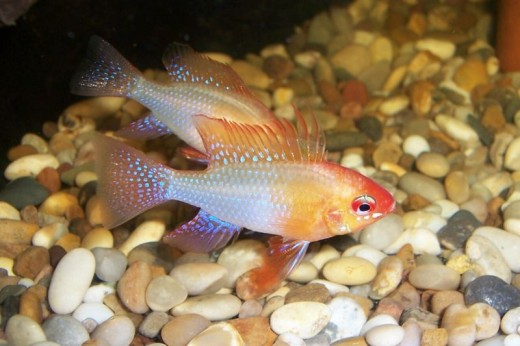
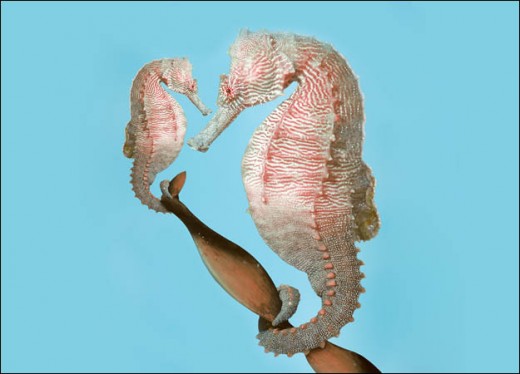
Love and Gender Equality?
And how can one ever approximate the “love” a male emu and a male emperor penguin give to their eggs and young? Both birds act as baby sitters in their families.
The male emu sits on the eggs for incubation. For 8 weeks, it does not eat, drink or defecate. When the eggs hatch, the care of the chicks remains the concern of the male emu until they can survive on their own.
On the other hand, the male emperor penguin does not sit on the egg (usually only one egg per breeding season). Rather, it incubates its egg by balancing it on its padded feet. Said penguin must be very careful when it moves (rarely does), so that the egg does not fall off from its feet and break.
Being in the Antarctic, a good number of male emperor penguins have to stay together in a “huddle” to share and conserve heat during winter as they incubate their respective egg. Such huddle is necessary as they are exposed to strong winds (200 kph) and extreme cold (-30°C) for about two whole months. When the eggs hatch, the starving male emperor penguins then go back to the sea to feed, while the female penguins, just back from the sea, take over in caring for the newly hatched chick.
Another animal that does not mind starving as long as the young is safe is the cichlid fish. This time, it is the mother that eats nothing as it keeps its eggs safe inside its mouth. To make sure that it does not accidentally swallow the eggs, the mother does not eat for about ten full days until the eggs hatch. Even after the eggs hatch, the cichlid fry still use their mother’s mouth as protection whenever they encounter danger. Not all cichlid species however care for their young this way. Some species even force the mouth-brooders to cough out their young and then eat them. Well, there is always a snake, even in Eden!
The seahorse is another animal wherein the male serves as the babysitter. The female seahorse deposits the eggs in a special pocket in the male seahorse, and the male carries the eggs until they hatch. Thus, the male becomes “pregnant” as it carries the eggs “to term”. Even after hatching, the male seahorse still swims around with the young and protects them until they can survive on their own.
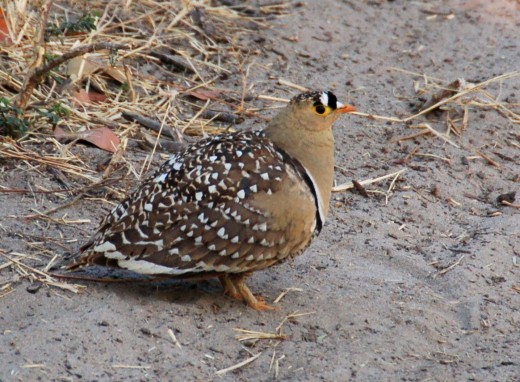
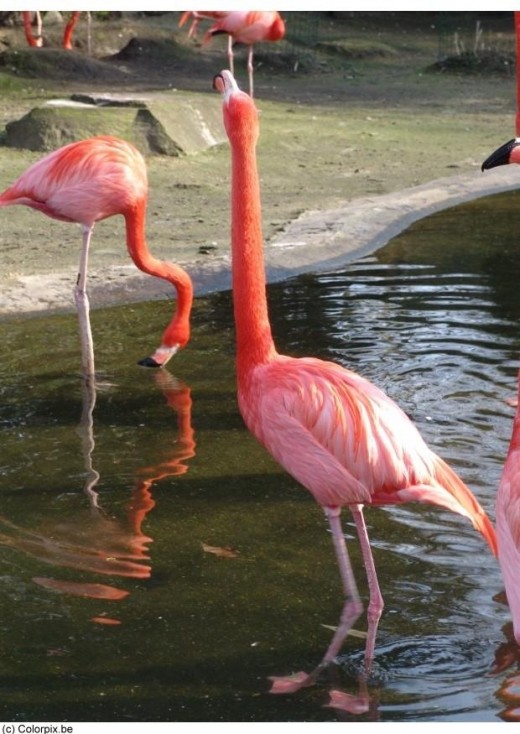
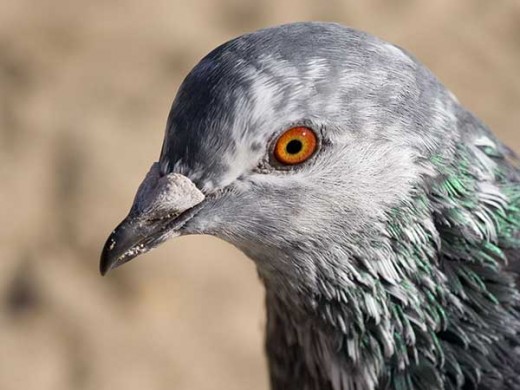
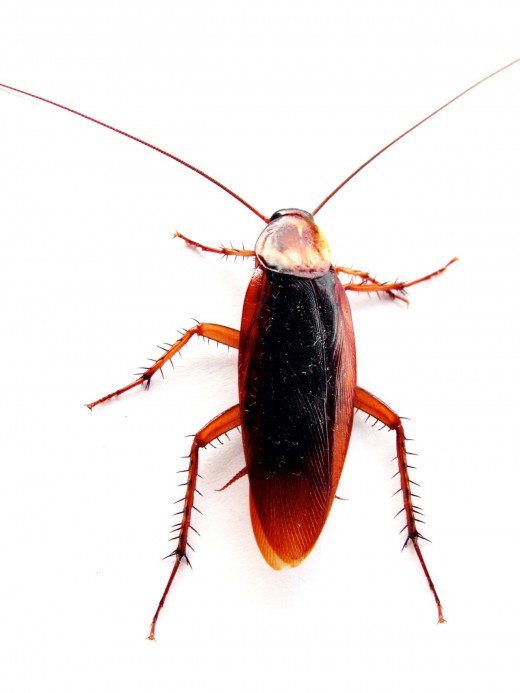
We Are Family
Taking care of the young is a family affair in several bird species. The father sand grouse for example, flies long distances across the Kalahari Desert just to look for water. Once water is found, it bathes and soaks in the water and then returns to its nest where the young chicks drink the water off its feathers.
Other birds like the flamingo and pigeons even go to the extent of preparing “special food” for their young.
Father & mother flamingos take turns in getting food for their young. Since they usually have to fly out to marshes to get their food of algae, shrimps and other crustaceans, it is impractical to carry the food back to the nest. Thus, they usually swallow their food and when they get back to their nest, they then regurgitate (spit out) the partially digested food (now in soup form) into the waiting beaks of their young.
Pigeons on the other hand, digest completely the food that they get. Then they produce “crop milk” in their crop (a special sac near their mouth) and feed this to their young.
Male emperor penguins can also produce “crop milk”, to feed the chick, in case the female penguin fails to return from the sea on time for the hatching. And the male penguin does this even if it has not eaten anything for two months!
Even the lowly male cockroach also looks for bird droppings to feed its young. Egg droppings contain the precious nitrogen its young needs for development.
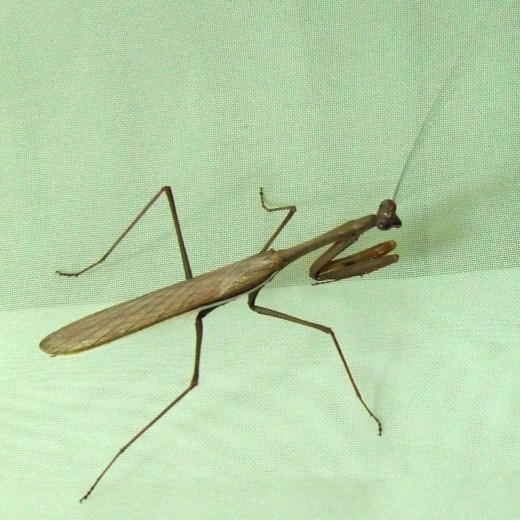
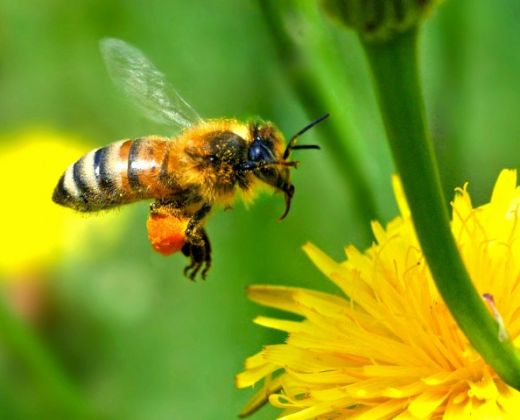
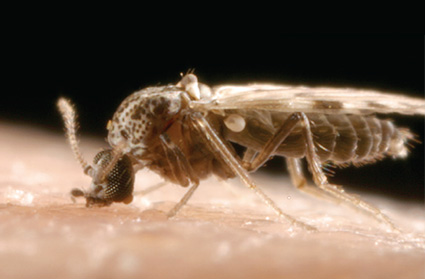
My Life for You
But what greater “love” is there when some fathers give up their own lives for the young they have not even seen or will never ever see?
A male praying mantis does just that to make sure there is a new generation of praying mantis. Although not all species of praying mantis give up their life for the sake of reproduction, the male Mantis religiosia really does gives up its life. Once copulation starts, the female praying mantis bites off the head of the male to speed up the release of sperms!
The male honeybee or drone also makes a similar “love sacrifice”. After mating, the drone leaves its genitalia as a plug to seal in its sperms so that no other drones can mate with the female bee. While this does not kill the male right away (eventually it does), it will prevent it to mate with any other female. For the male, love is never lovelier the second time around, as there is no second time around! I wonder if any human male will ever think of making such a sacrifice!
To make sure that its sperms are not wasted, the male midge (an insect) sacrifices its own life. After mating, it willingly stays attached to the female to allow the latter to eat its own self alive down to the last body part, except its genitalia which remains as a plug to prevent other males from mating with her, as with the drone.
We may think these latter practices as barbaric but some animals can really go to extremes when it comes to ensuring the next generation and the safety of their loved ones. And even if they cannot really feel love in the same way that us human beings do, there is certainly nothing “animalistic” in the heroic deeds of the emu, or penguin, or plover. We can surmise that these animals “did it all for love”.

